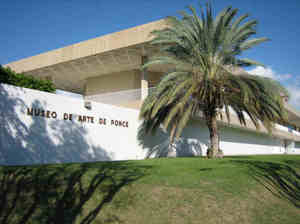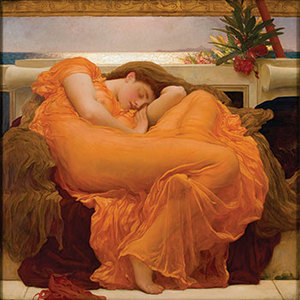The Zimmerli Art Museum at Rutgers University lost a rare 16th century painting on Friday — but it was the right thing to do and done without a fuss.
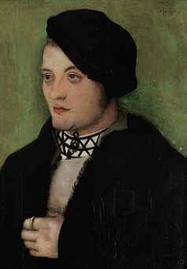 The painting — by German artist Hans Baldung Grien — has a troubled history dating to World War II and the Nazis. The Zimmerli returned the work to Simon Goodman, the grandson of Friedrich and Louise Gutmann, who were Holocaust victims. They owned the painting until 1941. Their heirs, the Gutmann/Goodman family, have been searching for this painting, along with many others that have been recovered, since 1946.
The painting — by German artist Hans Baldung Grien — has a troubled history dating to World War II and the Nazis. The Zimmerli returned the work to Simon Goodman, the grandson of Friedrich and Louise Gutmann, who were Holocaust victims. They owned the painting until 1941. Their heirs, the Gutmann/Goodman family, have been searching for this painting, along with many others that have been recovered, since 1946.
Unfortunately, this painting’s travels aren’t over yet, as we shall see.
Baldung Grien (c. 1484-1545), though not so well known in the U.S., was a gifted follower of Albrecht Dürer; he made this work, “Portrait of a Young Man” in 1509, and it was going to be featured in the Zimmerli’s reinstallation of it European collection, which is set to open to the public in April, according to the museum’s press release about the case.
But Goodman found the painting last year when he came upon a rare copy of the 1983 catalogue raisonné of the artist by the German art historian Gert von der Osten. Presented with a claim, the Zimmerli researched the work for about a year, and agreed to its return.
Goodman, grandson of Friedrich and Louise Gutmann, knew that the painting was part of their collection of some 60 Old Masters — works by Bosch, Botticelli, Cranach, Holbein and Memling — and Impressionist works by Degas and Renoir, that had hung in Bosbeek, their posh 18th-century estate outside of Haarlem in the Netherlands.
During the war, the story goes, Karl Haberstock, a German art dealer representing Adolf Hitler, had issued an order to Gutmann’s agent in Paris to relinguish seven paintings, including this one, to him. He obliged, supposedly as part of a deal that ensured safe passage for the Gutmanns to Italy.
But when the shipment arrived in Berlin, the Baldung Grien was supposedly missing. Von der Osten’s catalogue raisonné says that the painting was in the hands of a `London dealer’ between 1948 and 1950. Next, in 1953, it turned up in the inventory of dealers Rosenberg and Stiebel of New York, who sold or transferred it to Rudolf Heinemann. Heinemann gave the painting to Rutgers University in 1959.
The Gutmanns did not get safe passage, but were instead taken to concentration camps, where they died.
The family has been trying to recover their art for years, not always so easily as this case. In the press release, Goodman says: “After so many years of dealing with art museums around the world, it has been a pleasure to work with Rutgers and the Zimmerli. Their professionalism and courtesy have been exemplary.”
Sadly, however, the painting is already up for sale at Christie’s on Jan. 26, with a presale estimate of $200,000 to $300,000. (More information there about the artist, too — including the reason for his nickname “Grien.”)
It makes one wonder whether some Zimmerli angel might have come forward and bought the work for the museum.
Photo Credit: Courtesy of Christie’s

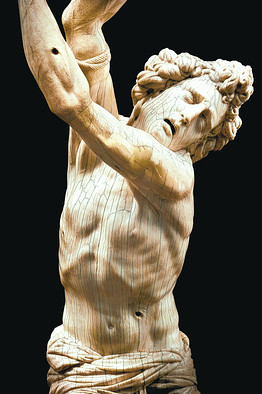 Last week, I posted here about a short
Last week, I posted here about a short 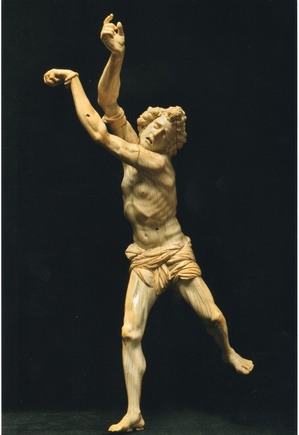
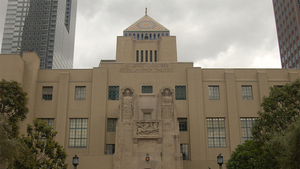
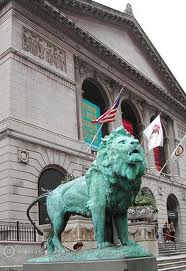 In a recent
In a recent 